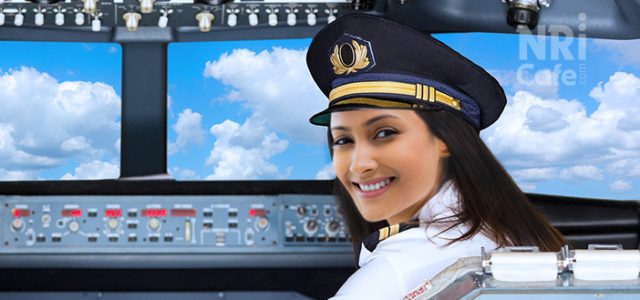Despite the Indian Airlines crisis and current slump in the domestic aviation market, India will face huge shortage of trained pilots and will be around 10,000 new pilots which will be recruited by 2030. In regard to this Air Asia India recently also introduced the country’s first cadet-pilot programme, ready to send its first batch of 15 cadets to New Zealand for extensive flight training.
While we see Indian Airlines company are training and upgrading first officers to become captains, many haven’t hired enough to meet the demand for commanders in the coming years, raising the prospect of experienced pilots.
By passenger volumes, India was ranked second globally among the fastest growing domestic markets for aviation. This would only mean the demands and need for quality trained pilots will surge in coming years, even as the Kingfisher and Jet Airways pilots are being quickly absorbed by other airlines.
To get the cadet-pilot project going, AirAsia India has partnered with New Zealand Academy and Harrison Omniview Consulting. As part of the 18-24 month course, selected candidates will be trained at the currently under-utilized Oamaru airport in New Zealand’s Waitaki district.
The first batch of the cadets will pass out in 2021, informs AirAsia India’s Head of Operations, Capt Manish Uppal. Cadets earn their second officer rank and commercial pilot license after 500 hours of flying before graduating to first officer, senior first officer and captain, in charge of the entire aircraft and crew.
Headquartered in Bengaluru, AirAsia India currently has a fleet of 21 Airbus-A320 aircraft covering 19 destinations across India. The airline had started Indian operations across the country on June 12, 2014.
Uppal informs 11% of the airline’s crew are women. Most of the batch passing out from the cadet-pilot programme are expected to be absorbed by the airline itself.
DGCA requires a first officer to complete 1,500 hours of flying to be eligible to become a commander. Most airlines have additional requirements and approvals on top of that. For example, IndiGo mandates 3,000 hours of flying.
Economic growth, an expanding middle class and rising personal incomes have contributed to India becoming one of the fastest-growing aviation markets in the world. Over the 10 years, Indian carriers are scheduled to take delivery of over 1,000 planes, which means a requirement for 8,000 to 10,000 pilots are already in the pipeline.
